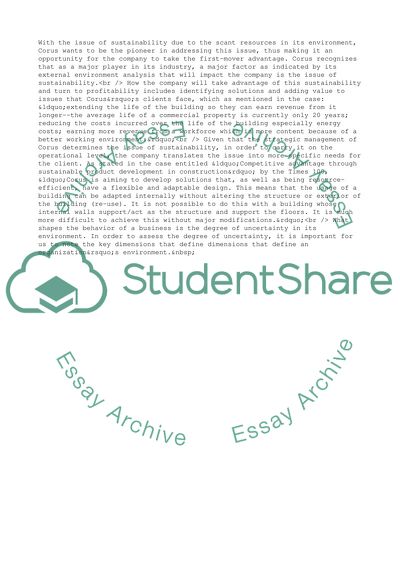Cite this document
(The Difference between Strategic and Operational Management and the Coursework, n.d.)
The Difference between Strategic and Operational Management and the Coursework. Retrieved from https://studentshare.org/management/1714054-corporate-stratergy
The Difference between Strategic and Operational Management and the Coursework. Retrieved from https://studentshare.org/management/1714054-corporate-stratergy
(The Difference Between Strategic and Operational Management and the Coursework)
The Difference Between Strategic and Operational Management and the Coursework. https://studentshare.org/management/1714054-corporate-stratergy.
The Difference Between Strategic and Operational Management and the Coursework. https://studentshare.org/management/1714054-corporate-stratergy.
“The Difference Between Strategic and Operational Management and the Coursework”. https://studentshare.org/management/1714054-corporate-stratergy.


